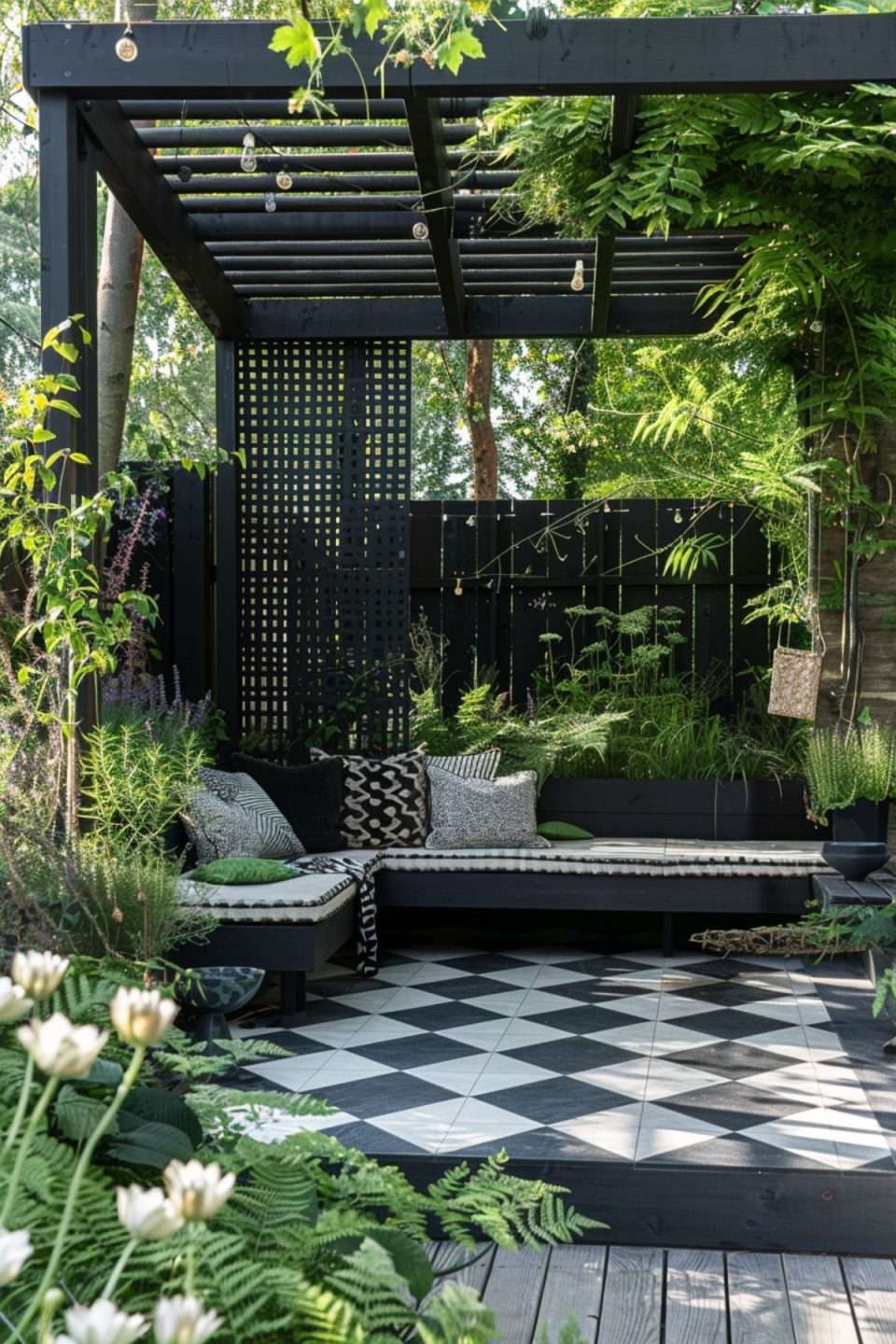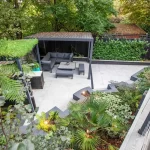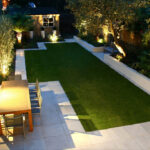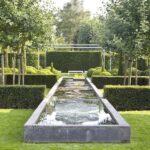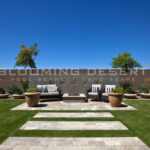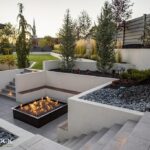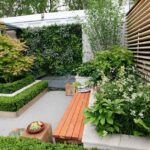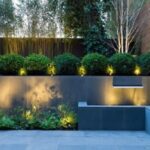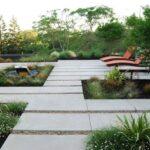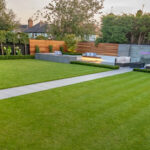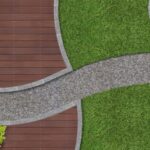Contemporary garden design is all about creating a harmonious and functional outdoor space that reflects modern aesthetics and lifestyle preferences. In recent years, there has been a significant shift towards more minimalist, clean-lined designs that focus on simplicity and sustainability. This design approach embraces the principles of less is more, with a focus on creating a balanced and visually appealing garden that is low-maintenance and environmentally friendly.
One of the key elements of contemporary garden design is the use of natural materials and textures such as stone, wood, and metal. These materials are often used to create clean lines and geometric shapes that define the overall layout of the garden. By incorporating these elements, designers are able to create a sense of unity and cohesion throughout the space, while also adding a touch of elegance and sophistication.
Another important aspect of contemporary garden design is the use of plants and foliage to create a sense of harmony and balance. Instead of overwhelming the space with an abundance of plants, designers often opt for a more restrained approach, focusing on a select few species that are well-suited to the local climate and soil conditions. This not only makes the garden easier to maintain, but also allows for a more cohesive and streamlined aesthetic that complements the overall design of the space.
Contemporary garden design also places a strong emphasis on creating outdoor living areas that are both functional and aesthetically pleasing. This may include features such as patios, decks, fire pits, and outdoor kitchens that are seamlessly integrated into the overall design of the garden. By blurring the lines between indoor and outdoor spaces, designers are able to create a versatile and inviting environment that can be enjoyed year-round.
In terms of color palette, contemporary garden design often favors a more subdued and neutral color scheme that allows the natural beauty of the landscape to take center stage. This may include shades of grey, white, black, and earth tones that create a calming and understated backdrop for the garden. By keeping the color palette simple and consistent, designers are able to create a cohesive and visually appealing space that feels both modern and timeless.
Overall, contemporary garden design is all about creating a thoughtful and intentional outdoor space that is both visually stunning and highly functional. By embracing the principles of simplicity, sustainability, and functionality, designers are able to create gardens that not only enhance the beauty of the surrounding landscape, but also provide a peaceful and inviting retreat for homeowners to enjoy.
